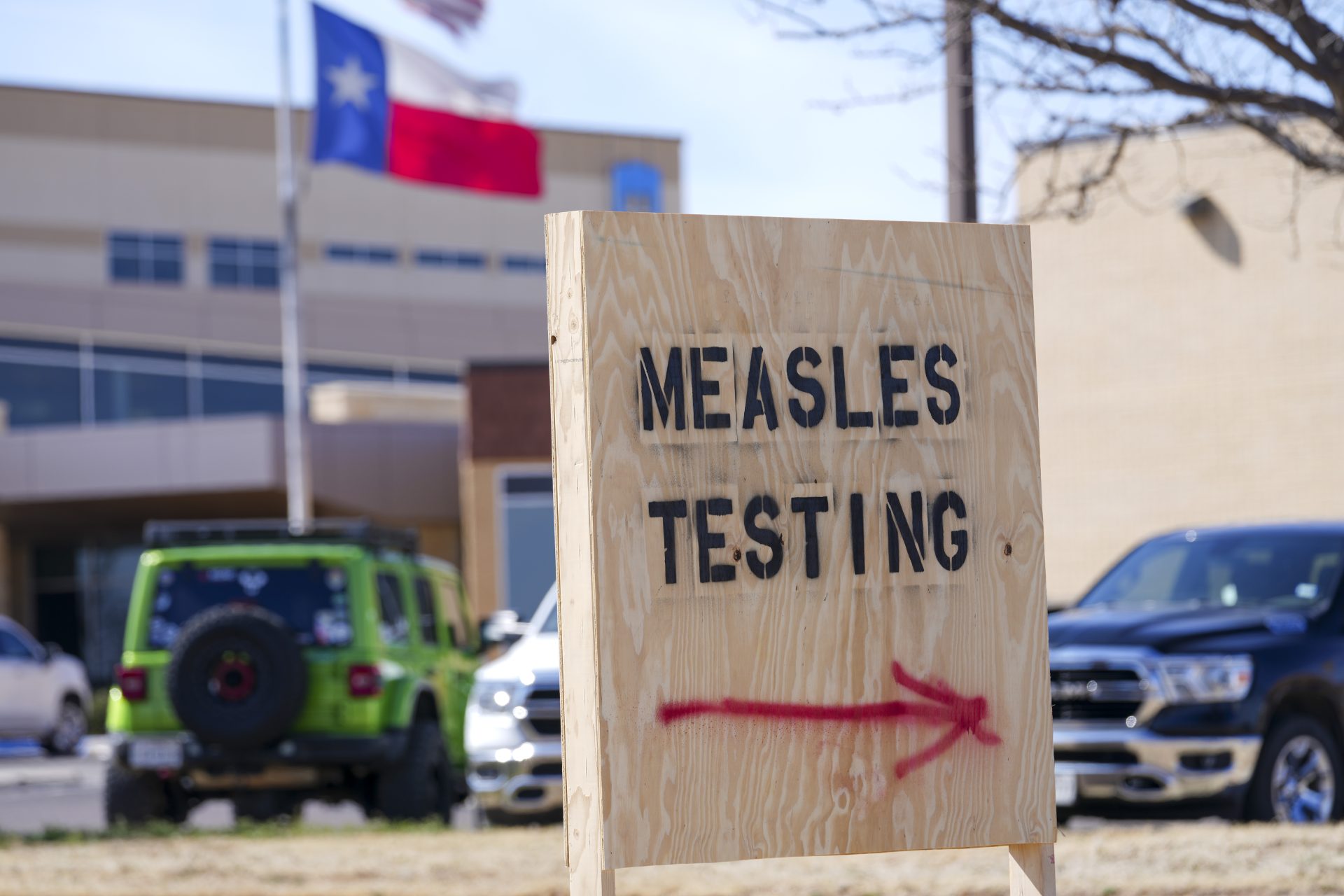April 2025 — The United States has recorded more than 700 confirmed cases of measles so far this year, marking the highest count in nearly five years and raising concerns among public health officials. According to the Centers for Disease Control and Prevention (CDC), active outbreaks have been identified in six states, underscoring the potential for wider spread as vaccination rates falter and international travel increases.
Where Are the Outbreaks?
The CDC has reported outbreaks in the following states:
- Florida
- California
- New York
- Texas
- Illinois
- Washington
Each of these states has reported clusters of measles infections, primarily among unvaccinated individuals or communities with lower-than-average vaccination coverage. In several instances, cases have been linked to international travel, with individuals contracting the virus abroad and unknowingly transmitting it upon return to the U.S.
Why Is Measles Making a Comeback?
1. Declining Vaccination Rates
One of the primary drivers behind the resurgence is a drop in routine childhood immunizations, particularly the MMR vaccine (measles, mumps, and rubella). The pandemic disrupted regular healthcare visits, and vaccine hesitancy has grown in some communities due to misinformation and distrust.
2. Increased Global Travel
As global travel rebounds post-COVID, measles — which remains common in many parts of the world — has reentered the U.S. more frequently. Because measles is highly contagious, even a single case can quickly lead to outbreaks in under-immunized populations.
3. Vaccine Exemptions
Some states have seen an uptick in religious or philosophical exemptions to school vaccination requirements. Public health experts warn that this creates pockets of susceptibility where measles can spread rapidly.
How Dangerous Is Measles?
Measles is one of the most contagious viruses known to humans. It spreads through coughing, sneezing, or direct contact and can linger in the air for up to two hours after an infected person has left the room.
Common Symptoms:
- High fever
- Cough
- Runny nose
- Red, watery eyes
- A distinctive red rash that typically starts on the face and spreads
Complications:
- Pneumonia
- Encephalitis (brain swelling)
- Permanent hearing loss
- Death (especially in young children and immunocompromised individuals)
Who Is at Risk?
Anyone who is unvaccinated, particularly children under the age of five and people with weakened immune systems, is at heightened risk. According to the CDC, 90% of unvaccinated people exposed to measles will become infected.
What Can Be Done?
1. Vaccination
The MMR vaccine is the most effective defense, offering 97% protection after two doses. It is typically administered at 12–15 months of age, with a second dose between 4–6 years.
2. Public Health Measures
Health officials are urging prompt isolation of suspected cases, contact tracing, and temporary exclusion from schools or workplaces for exposed individuals who are not vaccinated.
3. Community Engagement
Efforts are underway to counter misinformation and promote vaccine confidence, especially in communities where hesitancy is high. Outreach through trusted local leaders, healthcare providers, and culturally sensitive messaging is key.
CDC and WHO Response
The CDC is closely monitoring the situation and working with local health departments to contain outbreaks. The World Health Organization (WHO) has also raised the alarm about a global uptick in measles cases, attributing the trend to disruptions in vaccine delivery and increased travel.
Final Thoughts
The resurgence of measles in the U.S. serves as a stark reminder of the importance of maintaining high vaccination coverage. While the disease was declared eliminated from the U.S. in 2000, ongoing vigilance is essential to prevent its re-establishment.
Public health experts stress that the current outbreaks are preventable and that timely vaccination remains the most powerful tool for protection.



